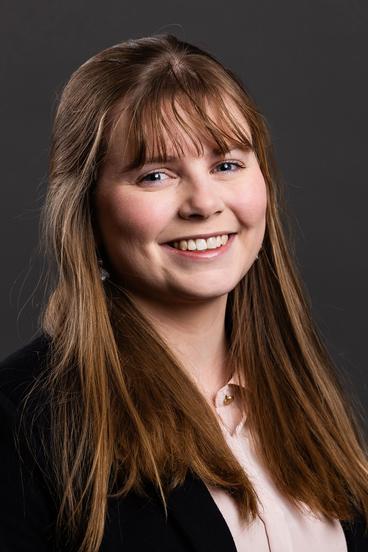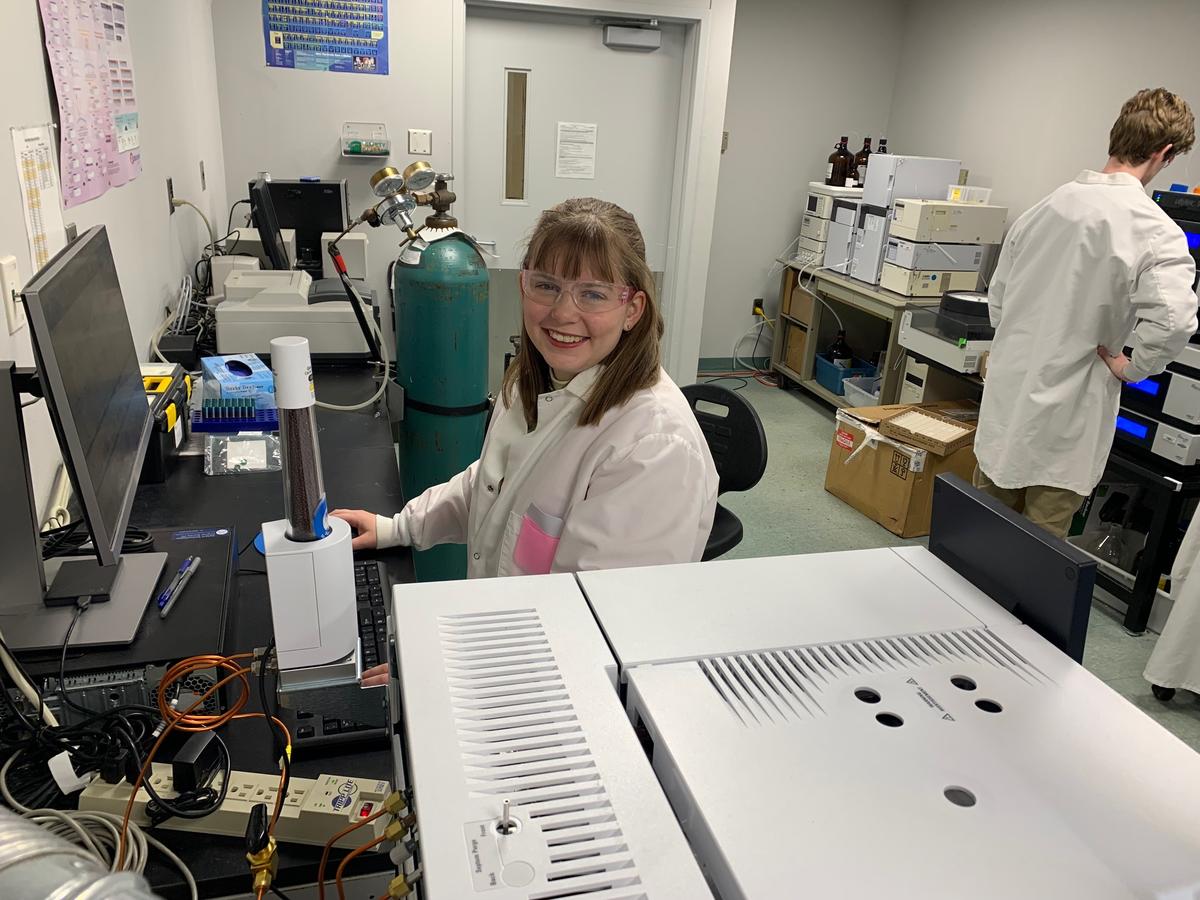Northern Europe’s Baltic Sea is a long way from North America’s inland seas. But for Devin Edge, it was a study detour that led her to the Great Lakes, NRRI and a meaningful research career.
She had started college with plans to become a chemical engineer, studying at the University of Wisconsin, Madison. But she soon became disillusioned with the industrial career path – petroleum, pharmaceuticals, paper, etc.
“Typical of me, I wanted to do something that would make a positive difference,” said Edge. “I wasn’t getting excited about the options I saw.”
So, aboard a research vessel in the Baltic Sea, studying chemical oceanography, the world of water science opened before her. Edge was especially intrigued by the unique transition zone of the Baltic Sea with the North Sea off the coast of Denmark where the waters meet but don’t mix, due to differences in water density, temperature and salinity.
And she became fascinated by oceanography, stratification, thermoclines and haloclines.
“This is it. This is what I want to do,” Edge recalled thinking. “So once I knew that I wanted to be a limnologist or oceanographer, I switched my degree to Chemistry in my senior year, applied for a job as a biological field technician at the U.S. Geological Survey, and never looked back.”
Advanced Degree
Once she found her path, Edge took it to the next level at UMD in the Water Resources Sciences master’s degree program. Graduating in 2022 was great timing for NRRI where her skills were needed in the newly launched Great Lakes Sediment Surveillance Program. She was hired as an analytical chemist on Dr. Bridget Ulrich’s team that leads the trace organic contaminant analyses.

“I am looking for environmental contaminants in the lakes’ sediment, so the Environmental Protection Agency can have a better understanding of the fate of legacy contaminants,” Edge explained. “Everything from semi-volatile organic compounds, to pesticides and forever chemicals.”
To do this work, Edge learned to use state-of-the-art technologies that can identify hundreds of different chemicals of interest in each sample collected across all five Great Lakes. It provides her with an impressively large dataset from analyzing 138 target chemicals in six samples per week.
“This is an incredibly important and ambitious project that I hope will lead to many published papers and will impact policy to protect our lakes and the environment,” said Edge.
Collaborations
This EPA-funded project includes multiple principal investigators across NRRI’s many research disciplines and UMD’s Large Lakes Observatory. She appreciates the diversity of expertise right down the hall (or via Zoom) that she can tap for answers to questions outside of her skill set.
And because Edge generates such a large amount of data, she especially appreciates the skills of NRRI’s “data wrangler” Katya Kovalenko, who helps Edge with using R, a programming language widely used by statisticians.
“She is very helpful because of her experience with large data sets and statistics,” Edge added.
Central Support
As manager of a growing lab – their lab team has grown from three to 12 in two years – Edge leans on Administrative Specialist Tammy Thomasson-Ehrhart to keep supplies stocked and instrumentation up-to-date.
“We all work out of one small lab with everyone on different projects,” she said. “Keeping up with everything requires a lot of organization, keeping up with the online shopping carts and finding missing items.”
Off Hours
While Edge focuses on her chemistry career, her off work time is widely varied. She dabbles in many “off screen” activities and was recently elected as treasurer of the Duluth Superior Pride Planning Committee.
“My life goal is to be a jack of all trades!” she enthused. “I love knitting, sewing, reading, playing piano and violin, running, weightlifting, figure skating… and plan to add more.”
